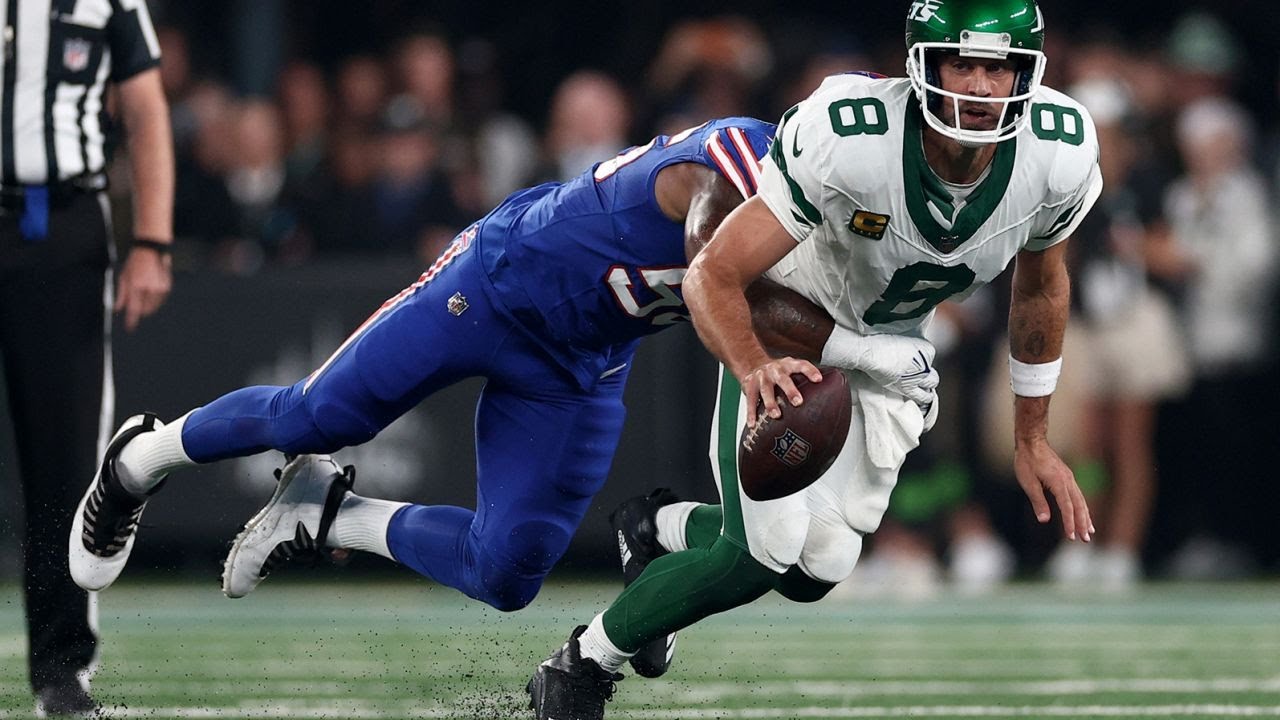The world of professional football, particularly in leagues as competitive as Italy`s Serie A, is a perpetual ballet of ambition, performance, and ceaseless challenge. Beyond the ninety minutes on the pitch, clubs face a myriad of strategic hurdles: from managing the physical toll on their star players to navigating the swirling currents of the transfer market and adhering to increasingly stringent financial regulations. This intricate dance forms the bedrock of modern football management, a relentless pursuit of competitive edge off the field as much as on it.
The Unpredictable Foe: Player Injuries
Few things disrupt a meticulously crafted season plan quite like an unexpected injury to a key player. For clubs like AC Milan, the sight of influential figures sidelined can trigger a ripple effect, forcing tactical adjustments and testing the depth of the squad. When players like Rabiot face an extended absence, or a star winger such as Pulisic suffers a worrying setback, the immediate focus shifts. The pressure intensifies on other pivotal talents, with the spotlight often turning to flair players like Rafael Leao to carry the creative burden.
This isn`t merely a physical ailment; it`s a strategic blow. Coaches must quickly reassess formations, personnel, and even short-term objectives. The absence of a player who provides a unique skill set can fundamentally alter the team`s dynamics, making every upcoming fixture a test of adaptability and resilience. It’s a recurring drama, a constant reminder that even the most well-drilled teams are vulnerable to the whims of physical fortune.
The Transfer Carousel: Whispers, Denials, and Unspoken Truths
The transfer market, even when closed, remains a potent force in the football narrative. Clubs and their sporting directors are in a perpetual state of vigilance, balancing current squad needs with future ambitions, all while fending off, or subtly encouraging, media speculation. Inter Milan`s Sporting Director, Piero Ausilio, recently offered a masterclass in this delicate art. His comments, ranging from acknowledging the quality of coaches like Gasperini to flat-out denying contact regarding figures like Neymar, illustrate the constant external pressures.
«Neymar? Never heard anyone. Saudi Arabia? We`re talking about nothing.»
This, of course, is the typical stance: a public dismissal of sensational rumors while simultaneously ensuring the club remains relevant in the broader football discourse. The emergence of new financial powers, such as the Saudi Arabian leagues, adds another layer of complexity, creating a new dimension of competition for talent. For a sporting director, navigating these waters means separating genuine strategic targets from mere media fantasy, all while managing the expectations of fans and investors. It’s a fascinating game of chess, played with billions of euros and the careers of athletes, where «nothing» often implies everything but for public consumption.
The Unrelenting Watchdog: Financial Fair Play
Perhaps the most technically complex, yet critically important, aspect of modern football club management is adherence to Financial Fair Play (FFP) regulations. Designed to promote financial stability and prevent clubs from spending beyond their means, FFP is a constant shadow, particularly for the biggest spenders. Juventus`s recent announcement regarding a potential FFP violation for the 2022-2025 triennium highlights the serious implications of these rules.
A procedural opening for FFP violations is no minor administrative hiccup. It signifies a deep dive into a club`s financial health, scrutinizing everything from transfer amortizations to wage bills and revenue streams. The potential consequences are severe: substantial economic sanctions and, crucially, restrictions on squad lists. Such limitations can cripple a club`s ability to compete at the highest levels, forcing difficult decisions regarding player acquisitions and retention. The drawn-out nature of these investigations, with outcomes sometimes taking years – as with Juventus`s expected resolution in spring 2026 – adds an element of prolonged uncertainty that can impact everything from investor confidence to recruitment strategy. It`s a testament to the ever-tightening grip of financial oversight, reminding even the grandest institutions that the rules of the game extend far beyond the touchlines.
In the high-stakes arena of Serie A, clubs are perpetually engaged in a multi-front battle. From the physical resilience required to overcome player injuries, through the sophisticated dance of transfer market rumors, to the rigorous demands of financial compliance, every decision carries weight. These challenges are not isolated incidents but rather integral components of the modern football ecosystem, shaping destinies and providing endless fodder for discussion, analysis, and, occasionally, a knowing chuckle at the theatrical nature of it all. It’s a complex, captivating spectacle, always evolving, and forever demanding more from those who dare to compete at its pinnacle.

